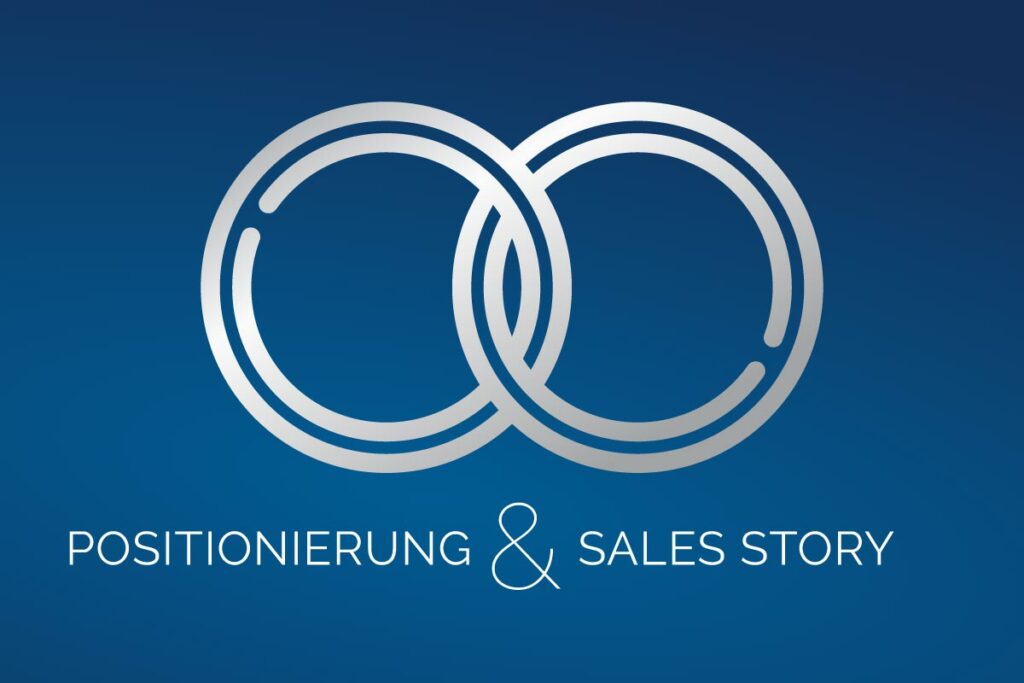As mentioned in the last article “
Successful e-mail marketing in B2B sales
“it is extremely important to know the target group and to reach them in a targeted and personal way by means of suitable content.
Since the communication strategy is an important basic building block for addressing potential customers “correctly”, we would like to go into the basics of this in more detail here.
Positioning strategy
Successful companies also need a clear positioning strategy for their digital presence. This is largely responsible for the trust of the target group in the company and describes the habitus of the brand.
First of all, it is essential to determine the position of the brand core, as this in turn determines how the target groups are to be addressed and how communication with them is to be carried out in the best possible way.
The concrete task of the brand is then to show through communication (= brand image, brand tonality, brand benefits, brand attributes) which emotion can be associated with the company and its services or products (= brand benefits). Because every customer chooses what gives them emotional added value.
The brand identity, which is developed in the company’s positioning strategy, is thus the basis for any communication channel.
Infobox brand identity
Brand identity provides information about:
-
Brand benefits: What is the emotional benefit and what is the functional benefit?
-
Brand tonality: How am I in my brand wording – personally as a company and in relationships with customers?
-
Brand attributes: What attributes do I have (differentiators, unique selling propositions, values)?
-
Brand image: How do I appear (corporate design, what are my promises in communication)?
Infobox end
Target groups and buyer personas
When developing a communications strategy, it is also important to know and define your target group(s). If you “understand” your target group, you can convey the content of your communication more precisely and know which channels can be used to reach them.
By means of so-called profiles, concrete descriptions of persons can be developed for the target group. These profiles help to make interests, expectations and concerns “tangible”. They simplify targeted communication because the target group is “personalized”.
There are also various digital tools that can be consulted for this task, such as HubSpot’s “Make my Persona” tool.
Infobox Buyer Persona
Profiles for a Buyer Persona are composed of the following information:
-
Age and gender
-
Life situation and job
-
Values (preferences, concerns)
-
Wishes and expectations
-
Decision criteria
-
Decision process
-
Channels that are (to be) used
Infobox end
Sales Story
While the positioning strategy determines the habitus of the brand and defines the approach of the communication strategy, the sales story determines all further marketing and sales activities. The sales story is not a marketing tool, but an internal guide to the overall content strategy of the company and the product or service.
The focus is on the customer, his needs and how his problems can be solved in the best possible way. In short, the added value that the customer gets.
The components of the sales story
The Sales Story was composed of 4 parts:
Part 1 – Client Issues
The “Client Issues” centerpiece of the Sales Story clearly identifies the problems that will be solved for the client, the “pain points” that will be eliminated, the opportunities that will be created for the client, and the benefits or added value that will be created with the product or service. It is precisely these points that hold the great selling power. This is because the company becomes the customer’s problem solver, an expert who “understands” the customer and can offer him solutions.
Part 2 – Offering
This section factually clarifies for the customer what specifically is offered by the company, what product or service is involved. Here the company presents itself briefly and concisely.
Part 3 – Differentiators
The final part of the sales story highlights what differentiates the company from the competition, on what points or factors the company sees its product or service as “more beneficial” to the customer. In short, why the company stands out against its competition.
Part 4 – Tagline
Finally, a meaningful and convincing headline is written, which sums up the product/service for the target group in a short sentence, based on the most important client issues.
Unfortunately, most companies do not have a consistent and compelling sales story – every employee has a different idea of what the company’s “value proposition” is.
Customers usually do not understand at first glance what the company really wants to offer them – the website turns into a self-PR website without substance. On the other hand, companies spend vast amounts of money on marketing and PR. But even here, if your sales story is not clear, all subsequent marketing or sales activities will not have the intended effect.
Conclusion
The positioning strategy and the sales story together form the basis for successful sales. In our next article, we will use the Pirate Metrics to show how the communication and content strategy can be used sensibly for potential new customers, leads or existing customers.
Of course, we are also happy to support you with your positioning topics, targeted customer approach and content strategy.
Adrienne, David, Hermann, Johannes, Katharina B., Katharina T., Stefan K. & Stefan G.




